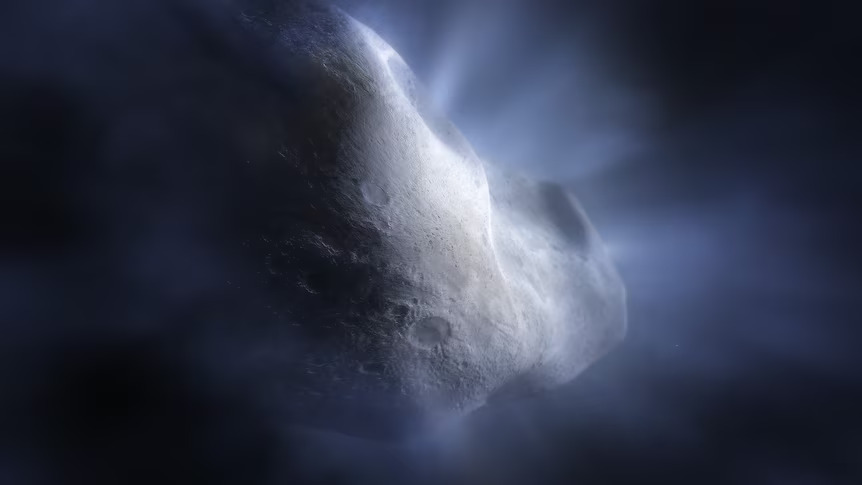
Water has been found in the Solar System’s main asteroid belt for the first time, giving scientists an insight into where Earth’s oceans may have come from, NASA says.
Astronomers using the James Webb Space Telescope’s (JWST) NIRSpec (near-infrared spectrograph) confirmed water vapour around Comet 238P/Read, circulating between Jupiter and Mars.
In a statement, NASA said the discovery confirmed longstanding speculation that water ice could be preserved in the warmer asteroid belt inside Jupiter’s orbit, and could have been delivered to a young Earth.
“Our water-soaked world, teeming with life and unique in the universe as far as we know, is something of a mystery — we’re not sure how all this water got here,” said Stefanie Milam, Webb deputy project scientist for planetary science and a co-author on the study reporting the finding.
How planets get water is a major research topic for the JWST: the telescope’s website explains that water close to a star would be in a gaseous state and drift away from a forming rocky planet like the Earth.
This has led some astronomers to look to comets as a source of supply for our own water.
“Understanding the history of water distribution in the solar system will help us to understand other planetary systems, and if they could be on their way to hosting an Earth-like planet,” Dr Milam said.

